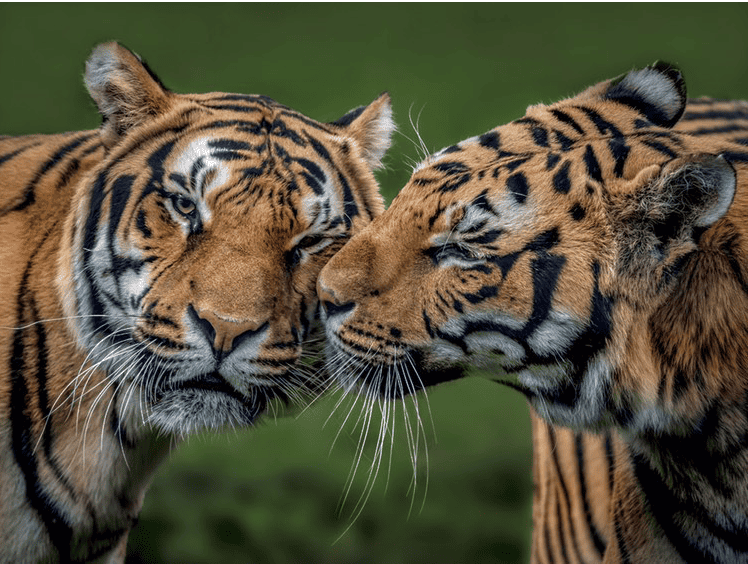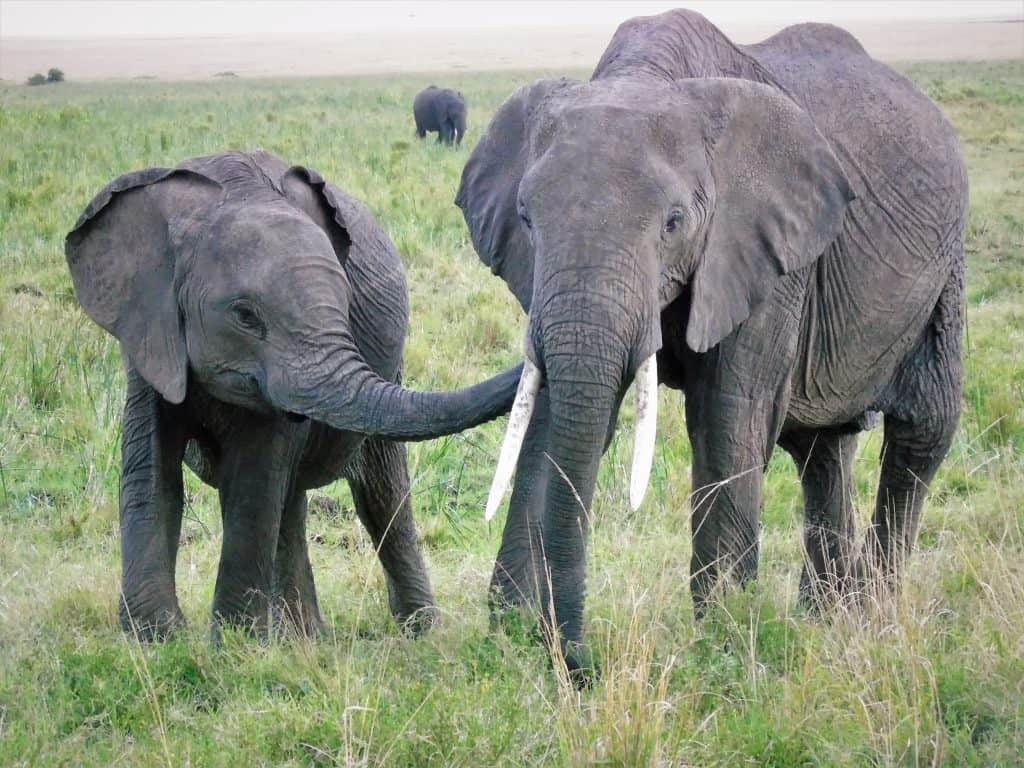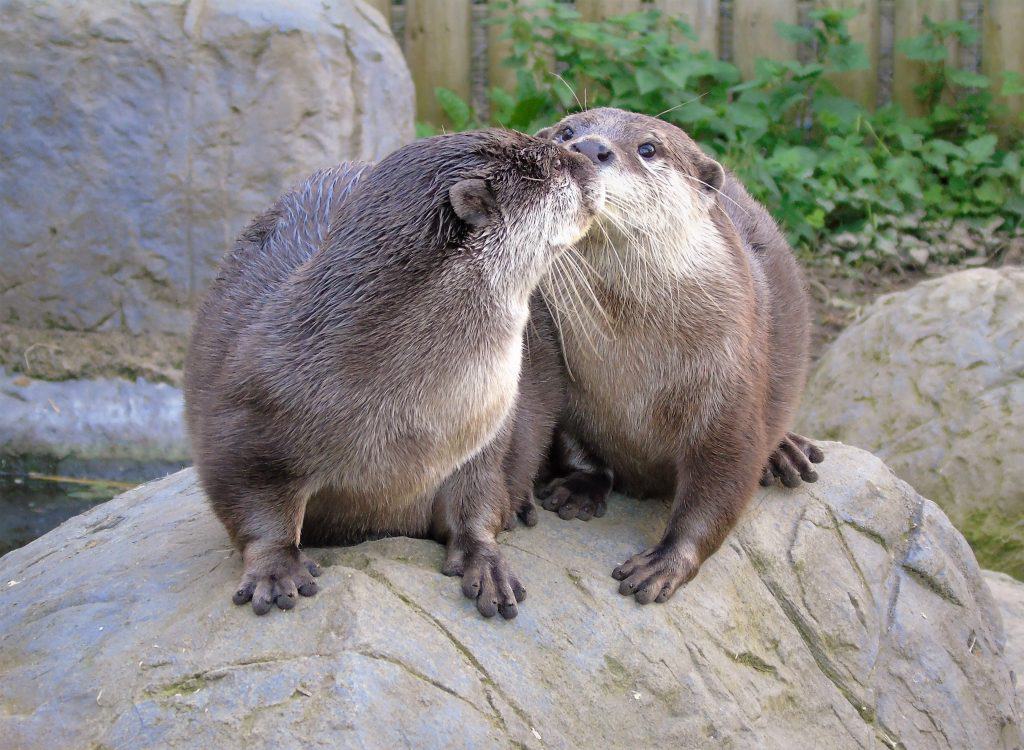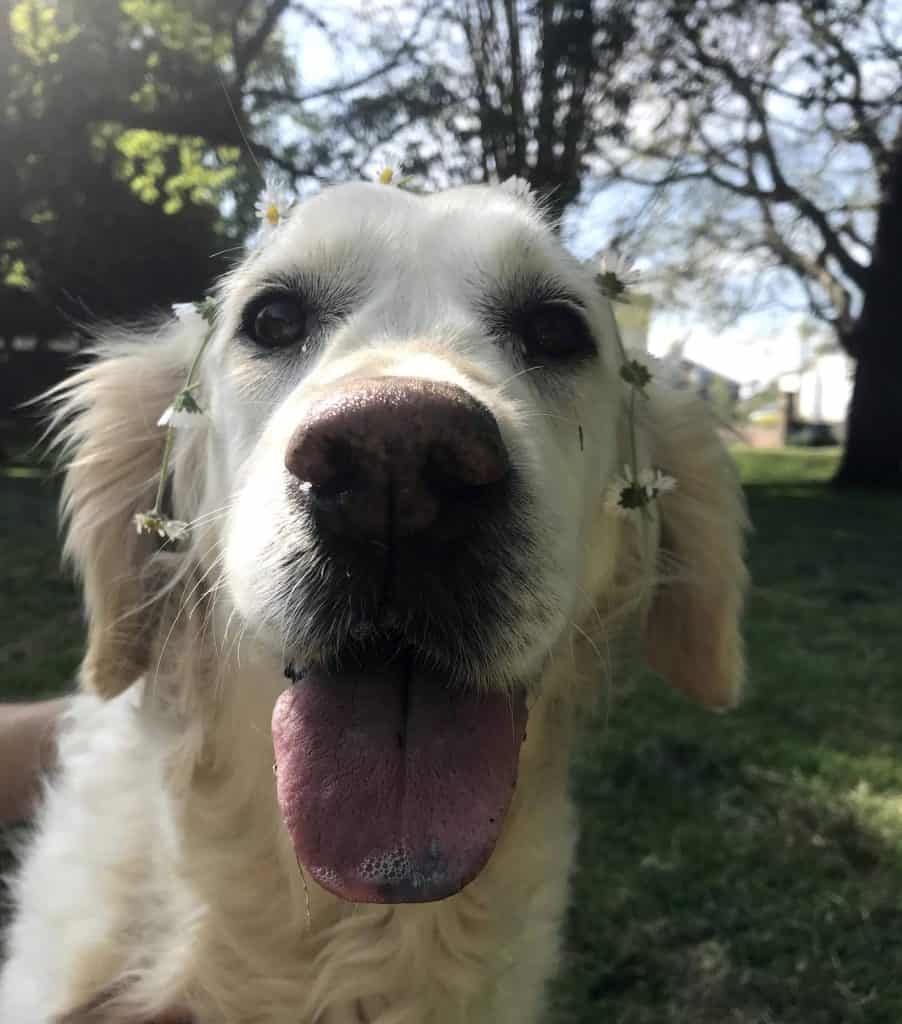Pucker up people. July 6th is International Kissing Day and we’re taking a whistlestop tour of all the animals that like to smooch, snuggle, boop and cuddle. So, whoever or whatever you like to kiss, let’s see if they feature in our top ten kissers. But first, let’s talk…
Why do we kiss
Kissing is wonderful – so wonderful that most of us can recall the details of our first kiss. Human beings have been preoccupied with kissing for years. It features as the climax of all great Hollywood love stories, and is celebrated by singers and poets alike. In reality, kissing is nothing more than two people putting their faces together and exchanging spit. How on earth did something so gross become so appealing? The act of kissing has developed to become advantageous to humans: if it didn’t serve an evolutionary purpose, we simply would not do it.
How did the kiss evolve?
Many scientists believe that kissing came from the practice of kiss-feeding, where mothers would feed their young mouth-to-mouth. Imagine birds feeding worms to their little chicks. Cute, right? Now imagine someone feeding you your chewed-up breakfast via their mouth. This sounds disgusting to most people, but we humans used to do it all the time! From this passing of food, pressing lips became synonymous with love. Understandable, since the way to most people’s hearts are through their stomachs. Over time, this symbol of affection may have evolved to give us romantic kissing.
What happens in our brains when we kiss?
The brain goes into overdrive during the all-important kiss. It dedicates a disproportionate amount of space to the sensation of the lips in comparison to much larger body parts. During a kiss, this lip sensitivity causes our brain to create a chemical cocktail that can give us a natural high. This cocktail is made up of three chemicals, all designed to make us feel good and crave more: dopamine, oxytocin, and serotonin. Like any cocktail, this one has an array of side-effects. The combination of these three chemicals work by lighting up the ‘pleasure centres’ in our brain. The dopamine released during a kiss can stimulate the same area of the brain activated by heroin and cocaine. As a result, we experience feelings of euphoria and addictive behaviour. Oxytocin, otherwise known as the ‘love hormone’, fosters feelings of affection and attachment. This is the same hormone that is released during childbirth and breastfeeding. Finally, the levels of serotonin present in the brain whilst kissing look a lot like those of someone with Obsessive Compulsive Disorder. No wonder the memory of a good kiss can stay with us for years.
Let’s start the countdown of the best kissers in the animal kingdom.
In at number 10 of our licking lovelies is the cat

All cat owners will of course know that a headbutt from Fluffy is actually a sign of affection and they will do it towards each other, another family pet, and the furniture. Cats carry scent glands in their cheeks so when they rub their faces against you, they’re basically claiming you as their own. All felines carry these glands right from your domestic house cat right up to the largest Amur tiger who also like to share a headbutt. Side note; no matter what the size of the cat, they really all do like to sit in boxes too.
Prancing in at number 9 is Bambi himself, the deer
When a deer rubs its antlers on a tree, it’s not just trying to scratch an itch. It’s actually part of their mating ritual. Deer use their antlers to scrape off the velvet that covers them, this process is called “rutting.” After the velvet is gone, the bucks (males) will use their antlers to spar with other bucks and to mark their territory. The scent from the glands in their foreheads will also help attract does (females) during mating season.
Male deer can also use their antlers to rub against other males, which can also be a friendly gesture. Female deer and fawns will also greet each other by rubbing noses together or licking each other’s faces and ears. The deer family is very close-knit, and they rely on each other for protection, food, and support.
Flouncing in at number 8, the flamingo

Flamingos are monogamous meaning they mate for life. They will show affection to their mate or even their friends by rubbing their bills together and even intertwining their necks. Flamingos will look as if they are kissing when they are really preening each other. They will open their beaks and press them against the skin of another flamingo (usually on its head or neck) to help keep it clean and remove parasites. Flamingos’ tongues are hard and spiky, they do not have teeth, and their bill forms part of its skull. Flamingos lay a single egg each year, typically not laying a replacement egg if something happens to it. Disruption from predators or a natural disaster can take a colony several years to rebound from.
Horsing around at number 7, the horse
Horses will often nuzzle and kiss each other on the nose as a way of showing affection. They may also “lip curl” at each other, which is similar to humans puckering up for a kiss. This behavior is thought to be a remnant of their wild ancestry when horses would use lip curls and nuzzling as ways of communicating with each other. Today horses will often exhibit this behavior towards humans too. If your horse starts lip curling or nuzzling you, it’s likely a sign that he or she trusts you and feels affectionate towards you. Maybe get the minty polos ready.
Sliding in at number 6 is the snail
Although not strictly kissing, snails have a unique way of showing ‘affection’. Snails are hermaphrodites, which means they have both male and female reproductive organs. Two snails will come together with their heads pointing in opposite directions and touch each other’s tentacles or “love darts”. Snails also lean towards each other to kiss before finally locking lips. To mate, they will rub their bodies together to exchange sperm which contains chemicals that help the snails to choose the best mating partner based on genetic compatibility. Slimy.
Trumpeting its way into the number 5 slot is the elephant

Elephants are very social animals and use their trunks to communicate and show affection in a variety of ways.
One of the most common forms of trunk-to-trunk contact is touching. Elephants will often touch their trunks together as a form of greeting when they meet. This can be seen as a way for elephants to introduce themselves and establish a social bond. They may also put their trunk in another elephant’s mouth, this shows that they have a close bond with each other and are comfortable being around one another.
Nuzzling and embracing are also forms of trunk-to-trunk contact that elephants use to show affection. They may wrap their trunks around each other in a gentle embrace, similar to how humans might hug. In addition to trunk-to-trunk contact, elephants also use vocalizations, physical touch, and social grooming to communicate and show affection. Elephants produce a wide range of vocalizations, including trumpets, rumbles, and screams, which are used to communicate with each other over long distances. Elephants are famous for their intelligence and emotional depth, so it’s not surprising that they would display such intimate behaviours.
Diving into the 4th spot, the dolphin
It is well known that dolphins are one of the very few animals that have sex for pleasure rather than fertilization purposes and they have been known to have a cheeky peck or two from lovers. Dolphins sometimes kiss one another in the same way humans do with mouths touching. However, they typically just touch their snouts together as a gesture of affection. Captive dolphins have been known to kiss their trainer, sometimes on the lips to show affection. The dolphins’ slender snouts are equipped with flexible lips and sensitive nerve endings which allow them to touch each other gently without causing harm. Dolphin kisses are usually accompanied by a burst of clicks and whistles, which may be interpreted as the dolphins’ way of saying “I love you.”
Splashing into a smoochy number 3 are the otters

Potentially one of the world’s cutest animals, the otter takes things to a whole new level. They are incredibly affectionate animals and often share kisses with each other. Sea otters are often witnessed actually holding holds whilst they sleep so as to not drift away from each other. All that being said, the romance does seem to disappear when it comes to mating rituals as the males become very aggressive. They will grasp the female, then bite down onto her nose and hold on, usually resulting in deep cuts and gouges, sometimes with pieces of flesh torn away. The two spin in the water until mating is finished and the male releases the female. This can sometimes result in the death of the female, either from physical trauma or even drowning. Maybe not so cute after all.
Number 2 goes to Bonobos
Just missing out on the top spot are one of our closest living relatives, the bonobo, who kiss just like we do. This isn’t too surprising, considering we share 98.7% of our DNA with this hairy cousin. Bonobos kiss for comfort and to socialise.
Sometimes after a fight they even kiss and make up. We humans kiss for the exact same reasons, indicating that kissing might be ingrained deep in our DNA. They tend to kiss frequently and even use their tongues. This isn’t surprising, as they’re highly sexual animals that use sex as a means of communication within the group. Bonobos use sexual contact in a variety of ways including as a method for keeping the peace. To diffuse tensions or resolve conflicts, bonobos will often make sexual advances toward one another irrelevant of age, gender or relationship. This proves to be highly effective in their society. Bonobos also use sexual gestures for play, communication, introductions, and, of course, procreation. This species is considered promiscuous for the extreme freedom of its sexual interactions. In fact, for a long time, findings about the bonobo were suppressed due to fears that they were too controversial for the public.
The number one kisser undoubtedly goes to the dog

We’ve all been kissed, willingly or unwillingly by a dog in our lifetime, I’m sure. Some of us enjoy the affection of a slobbery tongue all over your face while some are disgusted by the thought of what that tongue has been licking moments before. But what does a lick and a kiss mean from your favourite pooch?
Long, slurpy kisses that are accompanied by a soft, wiggly body are usually very affectionate gestures but some small kisses around the mouth can mean something different. Sometimes small licks near the mouth are ways for the dogs to get more information into their nose and the licking helps the smells get to the dog’s vomeronasal organ, which gathers information on his surroundings.
Some dogs even lick people to give themselves some space. They are unintentionally taught to give kisses as a way to get space from their people. which usually happens when a person puts their face too close to the dog’s face before they are comfortable. This is called an “appeasement” lick. After the ‘kisses’ the person moves away and the dog learns that you can get a person’s face further away by licking it.
The best way to tell what kind of lick your dog is giving you is to look at their body language. If the dog looks loose and wiggly and is trying to get to your face, they’re probably very comfortable whereas if they offer a lick and slink away, they probably weren’t trying to French kiss you.
But licks aren’t the only way you can tell your dog’s head-over-heels for you. Dogs show affection to humans in lots of ways, if your dog leans into you or rests his head or paw on you, it’s a really good sign. And there’s one thing that people don’t often realize is a real sign of love, sometimes when dogs offer a soft stretch towards a person, especially if they haven’t been resting or lying down recently, it’s actually very close to an ‘I love you’ gesture.
So there we have it, a run down of the best smoochers in the animal world. One last fact til’ next time: Sloths never kiss on the first date, they take it slow.


